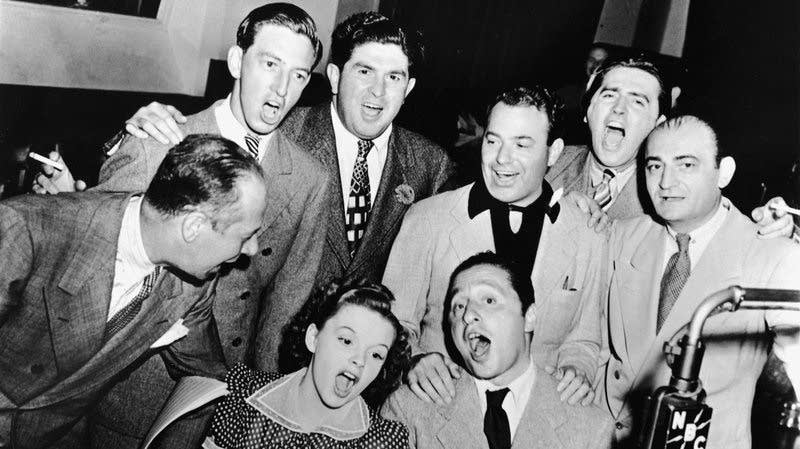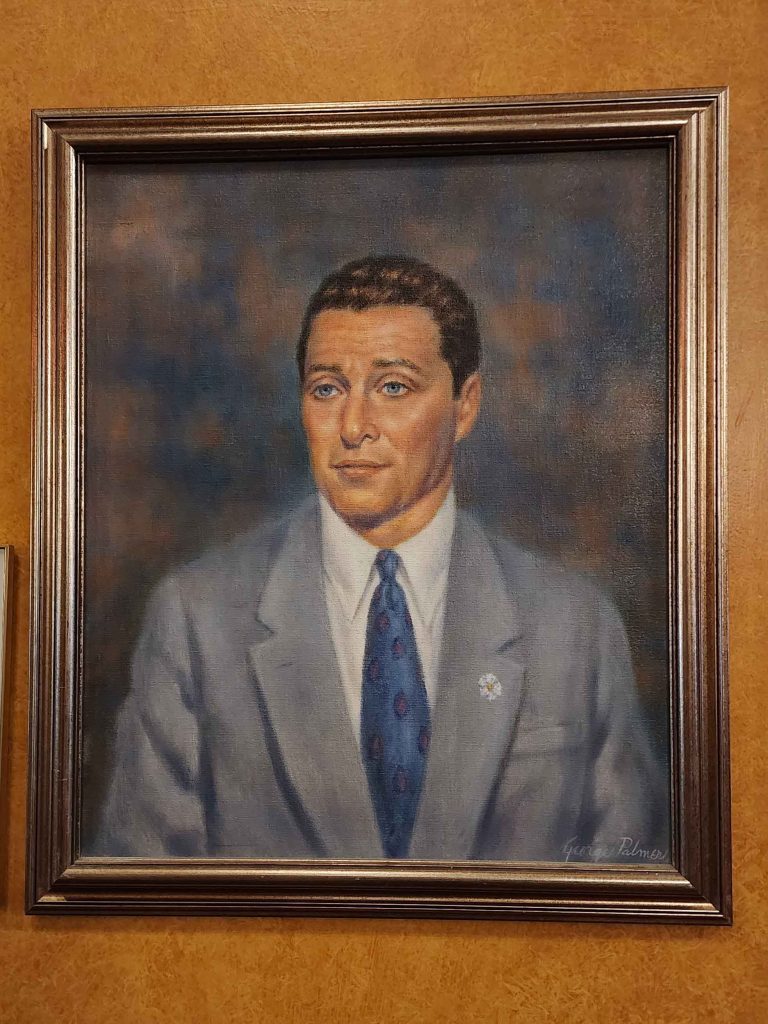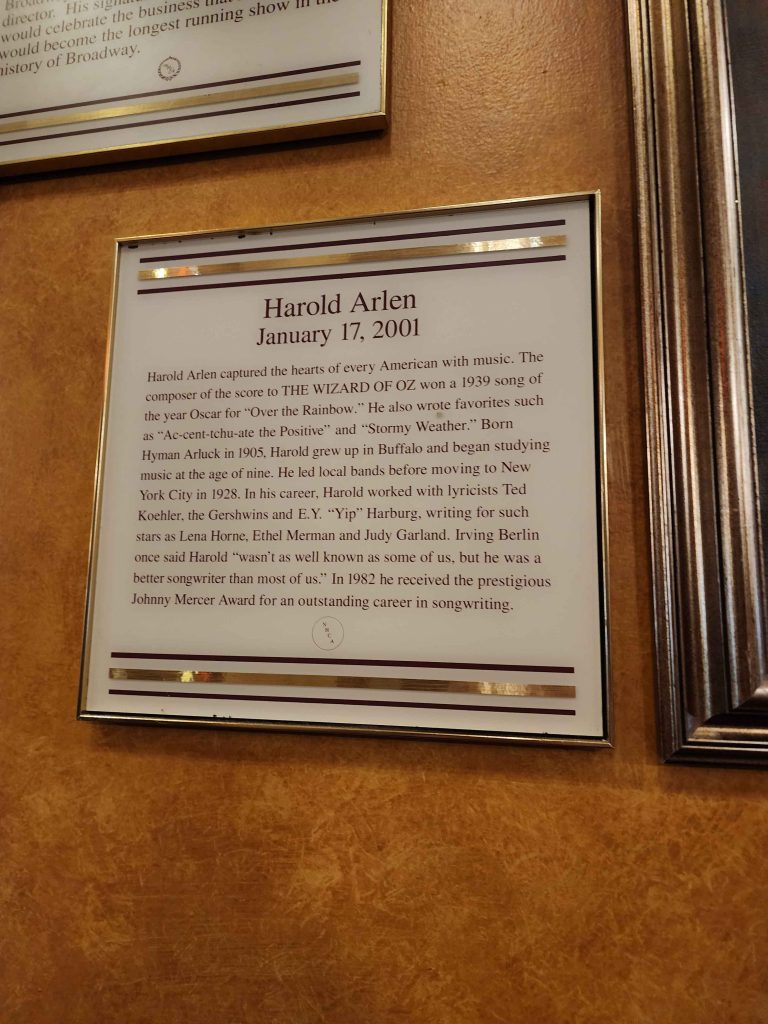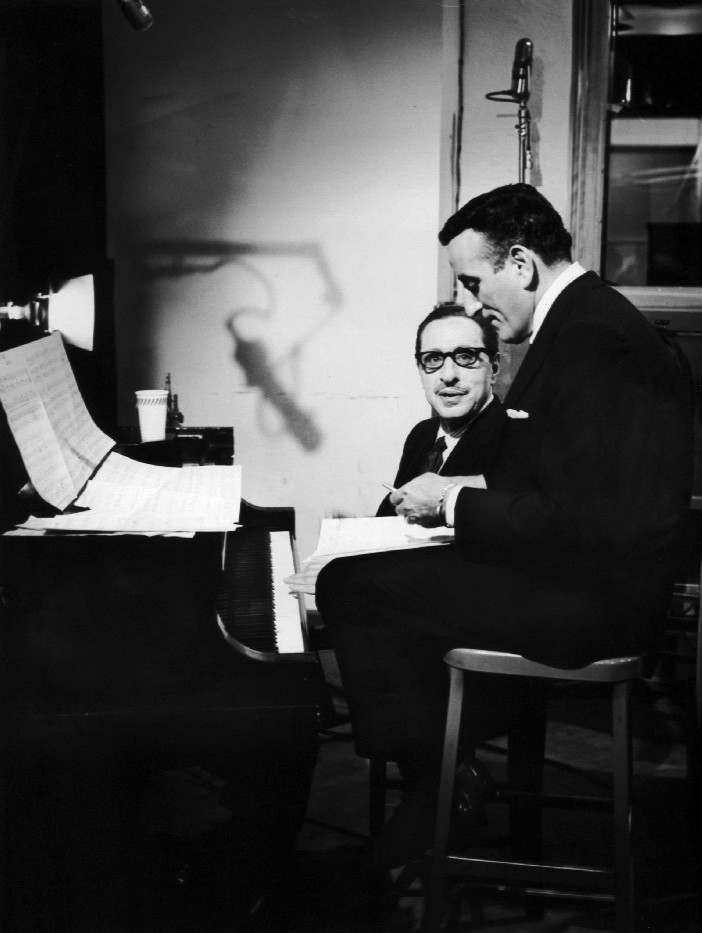Harold Arlen: Buffalo’s Great American Songwriter

He wrote a song widely considered one of the greatest of the 20th century. He composed the music for one of the most beloved movies of all time. His songs are part of what’s often referred to as the “Great American Songbook,” the canon of popular songs from the first half of the 20th century by the likes of Irving Berlin, Cole Porter and George and Ira Gershwin.
And he’s from Buffalo.
Yet recognition for this prolific songwriter is oddly lacking in his hometown. With the exception of a portrait in the lobby of Shea’s Buffalo Theatre and an interactive music station at the Colored Musicians Club Museum, you’d never know that the great Harold Arlen was born and raised in Buffalo.
Arlen’s credentials as someone who made an indelible mark on American popular culture are of the highest order. In collaboration with lyricist Yip Harburg, he wrote the music for “The Wizard of Oz,” including “Over the Rainbow,” Judy Garland’s signature scene that has thrilled and moved generations of moviegoers. It won the Academy Award for best original song in 1940 and the American Film Institute named it the best movie song in their “100 Years…100 Songs” rankings. In addition to “Over the Rainbow,” “The Wizard of Oz” is propelled by one whimsical song after another that still capture imaginations and embed themselves in memory more than 80 years after the film was released.


That achievement alone is sufficient to put Arlen among the top rank of American songwriters. But his body of work extends far beyond “The Wizard of Oz.” His songs include classics such as “Stormy Weather,” “The Man that Got Away,” “Come Rain or Come Shine,” “Let’s Fall in Love,” “Get Happy,” and “One For My Baby (And One More For the Road).” His music was heard in several Broadway musicals and numerous films. He’s credited with writing more than 500 songs, an achievement that made him a fixture in show business circles in New York and Hollywood for decades.
And it all started in Buffalo. Born Hyman Arluck on Feb. 15, 1905, Arlen grew up at 65 Pratt Street on the city’s near East Side, the son of a cantor at the Pine Street Synagogue. He showed an early talent for music, singing in the synagogue choir and beginning music lessons at the age of nine with the conductor of the Buffalo String Orchestral Society. African American influences were close at hand as well. The Arlucks rented one level of their two-story home to Anderson and Minnie Arthur, and the friendship between the two families would make Arlen at home with African American music, according to the Arthur’s grandson, George K. Arthur, who would one day become Buffalo City Council President.
“Arlen always credited his father, his singing and the way he improvised and interpreted music from the secular and Jewish sacred canon as a seminal influence,” says Chana Revell Kotzin, Curator of the Harold Arlen Exhibit for the Jewish Buffalo History Center. “But his music education wasn’t just formal. His training also came from neighborhood influences and his time working in small venues. He learned from local and traveling African American musicians who played Jazz and Blues, and from the clubs which he was sneaking into from an early age. Arlen lived for music, and he sought it out everywhere.”
Arlen attended what is now known as Bennett Park Montessori and later Hutchinson High. After dropping out of school at 15, he earned money as a pianist at the Gayety Theatre burlesque house on Pearl Street before forming his first band, the Snappy Trio. He went on to perform on the Crystal Beach excursion boat, the S.S. Canadiana, as part of the Southbound Shufflers. Another of his bands, the aptly named Buffalodians, became the city’s premier jazz group, booked frequently into venues throughout the city, including the Olympic and Lafayette, and what was then considered Buffalo’s top nightclub, Geyer’s Restaurant and Ballroom.
“In interviews he almost always mentioned his Buffalo roots of which he was very proud,” says Kotzin. “His early work in Buffalo as a professional musician, while still a teenager and as a young adult propelled him into a life of music that he knew he wanted from a young age. Buffalo, and the way in which he embraced all of the musical opportunities was fundamental to his subsequent career in New York City and LA. It was a special mix of experiences, influences and work that left its imprint on the Jewish boy that became Harold Arlen.”

In 1926, Hyman Arluck moved to New York City where he changed his name to Harold Arlen. Working with several different lyricists, he composed music that was performed at the Cotton Club, the legendary Harlem nightclub, and on Broadway. His Broadway shows included, “You Said It,” written with fellow Buffalonian, Jack Yellen. When the Depression precipitated a decline in Broadway productions, Arlen moved to California where his search for fame and fortune would be rewarded when he was hired with Harburg to write the music for what would become one of the most beloved pieces of popular entertainment of all time, “The Wizard of Oz.”
Harold Arlen was inducted into the Songwriters Hall of Fame in 1971 and was given a similar honor in 1974 by the American Theatre Hall of Fame. He died at his home in New York City in 1986. In 1996, the U.S. Postal Service issued a commemorative stamp in his honor.
But perhaps the greatest honor he ever received was when the National Endowment for the Arts named “Over the Rainbow” the Number One Song of the Twentieth Century.
For the choir boy from Buffalo, the burlesque house piano player, the Crystal Beach Boat bandleader, the Buffalodian scratching out a living on Broadway, the dream he dared to dream really did come true.
For more about Harold Arlen, visit the online exhibition assembled by Chana Revell Kotzin at jewishbuffalohistory.org/arlen
• • •
Lead image: Composer Harold Arlen (sitting, right) with Judy Garland, Bert Lahr (far left), Ray Bolger (back row, left) and Wizard of Oz executives, circa 1939 / Credit: Hulton Archive
